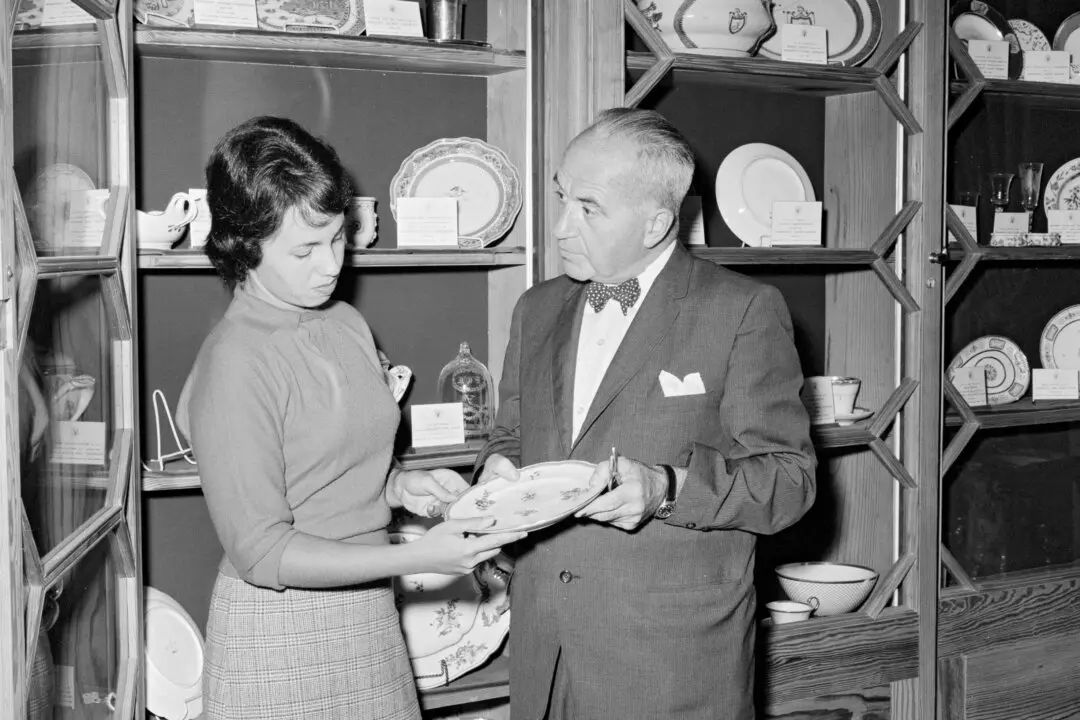One of the world’s most impressive tapestry series is the group of seven monumental Renaissance panels called “The Battle of Pavia“ tapestries. They were created to commemorate the 1525 victory of the Holy Roman Emperor Charles V, the most powerful man in his day, over France during the multidecade Italian Wars.
Today, these tapestries are in the collection of the Capodimonte Museum (Museo e Real Bosco di Capodimonte) in Naples, Italy. Following a recent restoration, which included cleaning and repairing tears, these famous artworks are making a limited tour of the United States. Currently, they’re on exhibit at the de Young Museum in San Francisco until Jan. 12, 2025; they'll then journey to the Museum of Fine Arts, Houston, in the spring of 2025.





